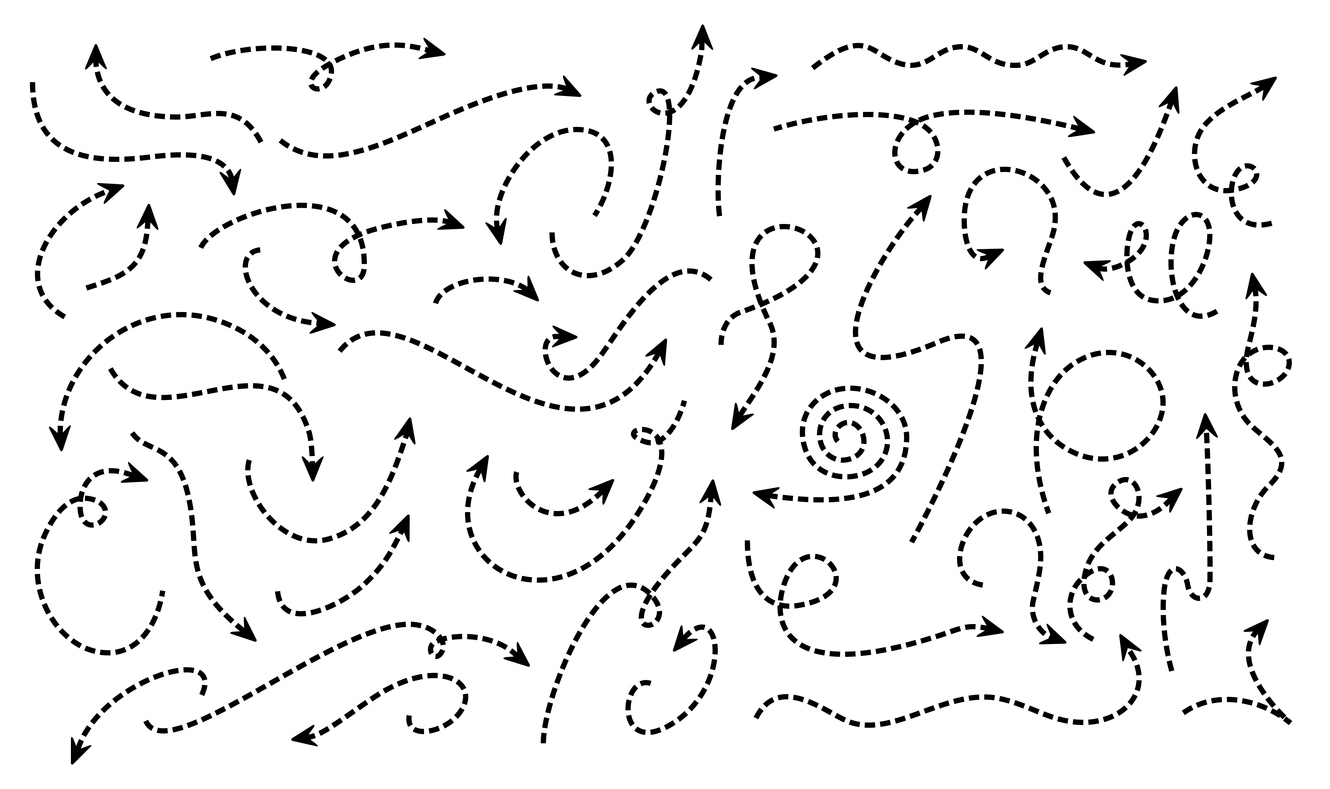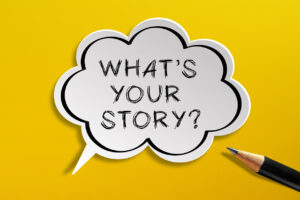How to use dashes and hyphens in AP style
And the difference between em and en dashes.

For a couple of straight lines, hyphens, em dashes and en dashes can be surprisingly tricky to use. But they’re a critical tool for any writer, especially if you’re hoping to add drama or connect thoughts together.
Let’s dive into how AP style says to use each of these punctuation marks properly to punch up your writing.
En dash: –
We’re starting with the easiest one. The en dash is slightly longer than a hyphen but smaller than the em dash. In other words, it’s the width of the letter “N.”
That’s really the most interesting thing about en dashes. AP style doesn’t use them, though some other styles may in limited capacities, such as between a range of years. In general, don’t worry about them.
Em dash: —
An em dash is longer than the en. If you guessed that it’s as wide as the letter “M,” you get a gold star. In AP style, the dash should be set off with spaces on both sides.
This little symbol is beloved by writers everywhere and hated by many editors. It’s the most dramatic of all punctuation marks — literally its most common usage is to signify an abrupt change in the sentence or a pregnant pause, according to the AP Stylebook. It can also be used to set off a clause within a sentence.
Let’s look at a few examples:
- I write sins — not tragedies. Signifies a pause contrasting what Panic! At the Disco does and does not write.
- She sometimes — but not always — remembers the difference between em and en dashes. Shows a quick diversion from the main meat of the sentence and a return to form.
Now, why is this punctuation mark hated by some editors? It’s because it can be a crutch for writers. The quick turn of subject, the stark separation of a part of the sentence, they all can quickly become overused. In almost every case when an em dash is used for these purposes, it could be replaced by commas. And sometimes it should be.
Remember, the dash will lose its punch if you overuse it. Save it for special occasions.
Em dashes can also be used for a series within a phrase, such as: She went over her grocery list — a block of cheese, shredded cheese, a tub of cheese — as she grabbed her keys. Finally, they can also be used as attribution for a quote or in datelines.
Hyphen: –
The littlest of the three is among the most helpful. AP defines them simply as “joiners,” used to connect compound words together. However, the 2020-2022 Edition (note the hyphen in the range of years) notes that its use is not standardized and is often “a matter of taste, judgment and style sense.”
Simply, use the hyphen if it makes a sentence easier to read. Remove it if it makes it harder.
But English isn’t set up to be simple, is it? Sorry. Blame the Angles.
A hyphen is most commonly used for compound modifiers, or when two or more connected words precede a noun. Think: “how-to guide” or, small-business guide. It’s important that this only applies when the modifier comes before a noun. Don’t hyphenate if it comes after.
But not every compound modifier gets a hyphen.
Here are some instances when you don’t need a hyphen for a compound modifier:
- Commonly used terms where the meaning is clear, such as sixth grade teacher, or climate change bill.
- If there are more than three words modifying a noun. After that, hyphens can often muddy the waters rather than add clarity.
- Any adverb that includes “very” or a word ending in “ly.”
- For words that describe dual heritage, like African American or Asian American.
Outside of the modifier, here are other times when you may need hyphens:
- For compound nouns that may not be read as one thought, like merry-go-round.
- For some prefixes and suffixes, like ex-boyfriend or dairy-free.
- To avoid confusion between cognates. For instance, I want to re-create the mural at the recreation center. Also use hyphens to avoid having two vowels in a row, such as anti-ice windshield.
Confusing? It can be. Just remember: Avoid en dashes, use em dashes for drama and use hyphens to make sentences clearer.
When in doubt, consult your AP Stylebook for answers.








Note that your subhead has the year as 2023, should be 2022!
Can you tell me if the AP Style Guide allows an em dash to precede the beginning of a sentence? Such as: — And so I did.
Thank you for your response.
Hi Charone, I can’t think of an AP style scenario where you use a punctuation mark between separate sentences.
I just wanted to say thank you! This was clear, informative and helpful! 🙂